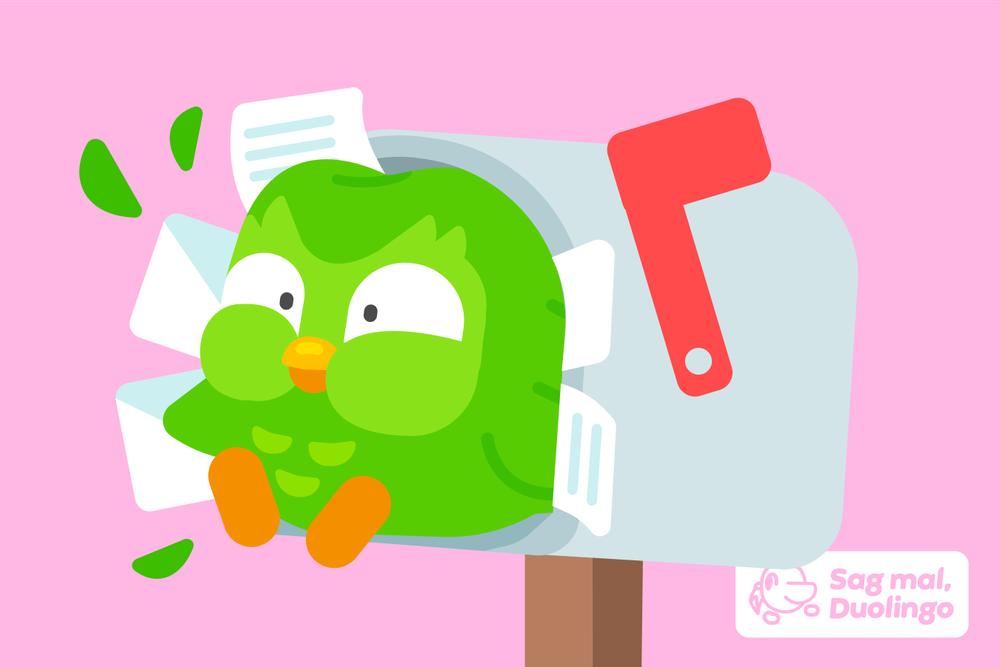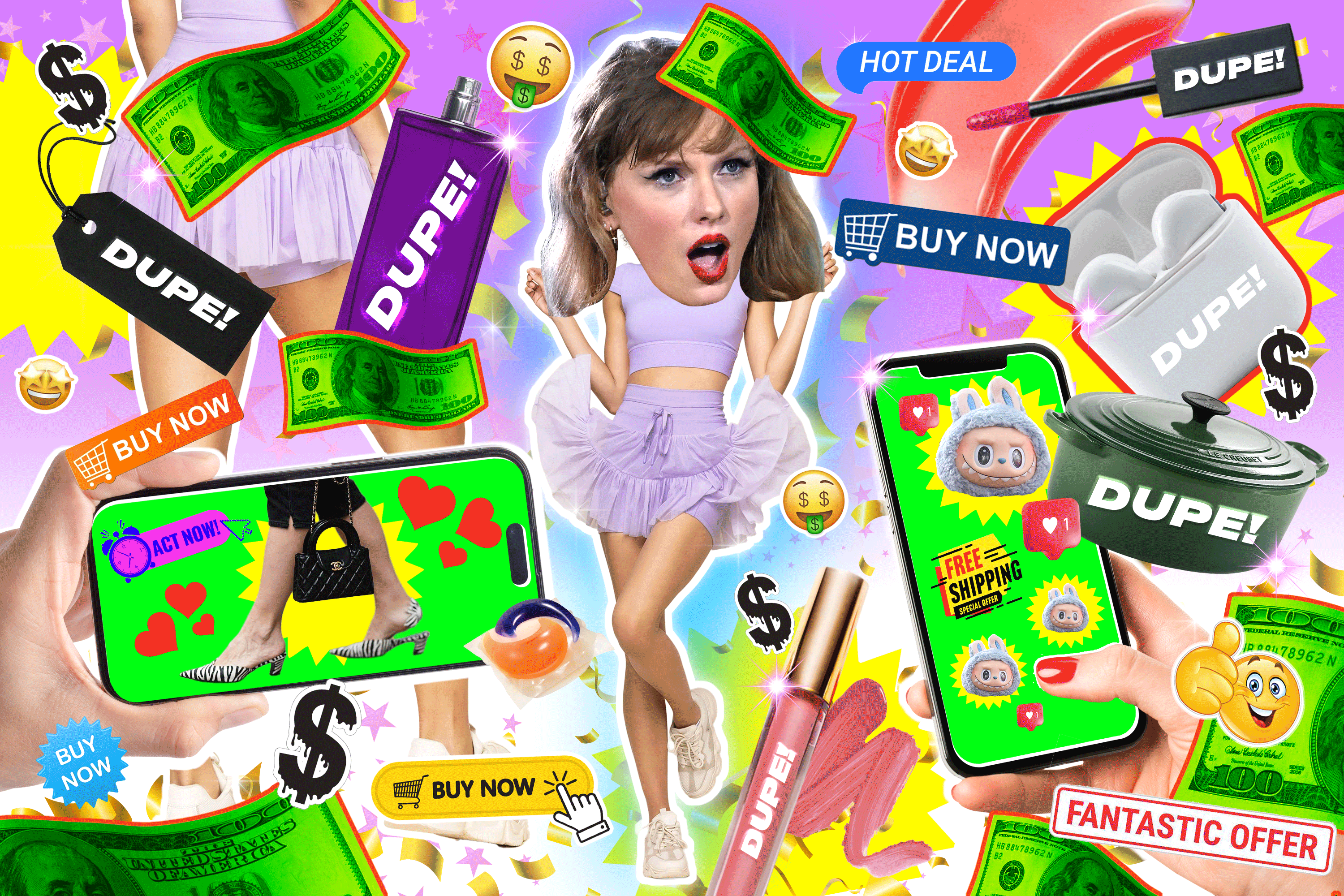Welcome to another week of Dear Duolingo, an advice column just for learners. Catch up on past installments here.
Hi everybody! This week we're covering a question that makes me giggle with excitement. Let’s jump right into it!
Our question this week:
Thank you for your question, No Laughing Matter! You may have noticed that laughter sounds the same across languages, but the way it’s written can vary quite a bit! Let’s take a closer look.
What is laughter and why do we laugh?
Regardless of how it sounds, laughter shares a key feature with speech: It is a universal human behavior used primarily in social situations. Yet laughter differs from speech in several important ways. When we speak, we use our lips, tongue, and vocal folds to shape sounds. With laughter, we push out some air with a lot of pressure and our abdominal muscles contract rhythmically, without the really precise movements needed for speech.
Evolutionally, laughter likely developed for social reasons, to signal a friendly, non-aggressive intent, so it's no surprise that laughter exists and is easily understood across cultures and languages. We can even detect fake laughter because we’re so finely attuned to the sounds of laughter! So naturally, laughter transcends language.
How do different languages laugh online?
While the sound of laughter is universally understood, the way laughter is written online or in text varies widely across languages. If you’re an English speaker, you’re probably familiar with typing laughter as “haha” or “hahaha.” But in other languages, written laughter can look quite different. For example, in Spanish, the letter “h” is typically silent, so “haha” becomes jaja, since the letter “j” is pronounced similarly to the English “h.”
Many other languages use similar strategies. In Mandarin Chinese, laughter is written as 哈哈哈, which is pronounced as “hahaha.” In Russian, it’s typed as xaxaxa because the x is pronounced like the “h” in English. The same is true for the letter χ in Greek, which uses χαχαχα. Similarly, in Thai, laughter is written as 555 because the word for “five” (ห้า) is pronounced as “ha.”
In Korean, you’ll often see ㅋㅋㅋ for typed laughter. The character ㅋ stands for the consonant k, which is pronounced similarly to “coo” in “cool.” When you repeat this syllable a few times, you end up with the distinctive sound of laughter! In Hebrew (חחח) and Arabic (هههههه) the vowel is omitted in writing, making written laughter a repetition of “h” sounds.
One language that stands out is Japanese, where laughter is often expressed using the kanji character 笑, which means “laugh” and is pronounced warai. Because of this, another common way to laugh online in Japanese is through www—a shortened form of warai. This makes Japanese one of the few languages that doesn’t actually type out the sound of laughter!
Here is a summary of how to write laughter in different languages. Interestingly, there’s no rule for how many “ha”-like syllables a language writes: Just as you can extend “haha” into “hahahahaha” in English, the same holds true in other languages!
Language Written laughter Arabic هههههه English hahaha Greek xaxaxa Hebrew חחח Japanese www / 笑 Korean ㅋㅋㅋ Mandarin 哈哈哈 Russian xaxaxa Spanish jajaja Thai 555The fun doesn’t end here
Onomatopoeia—or writing how things sound—isn't the only way we laugh online and in texts! We also commonly express laughter through emoji and initialisms, such as LOL (laughing out loud) or LMAO (laughing my butt off).
Much like other parts of language are constantly changing, both initialisms and emoji have also seen some noticeable evolution. While LOL was originally used as a genuine alternative to “haha,” it is now often used sarcastically or to soften a message. Over the years, we’ve seen many variations and memes built around LOL—there’s lolz, LOLOLOLOL, lel, LOLcats, lollerskates, and many more. In 2011, LOL was even added to the Oxford English Dictionary, marking its place in mainstream vocabulary. Some languages have adapted it to their own needs. In French, for example, LOL became mdr, short for mort de rire, which literally means “dying with laughter.”
Emoji have also undergone considerable changes. Depending on when you were born, you might be used to expressing laughter through the use of 😂 or 🤣. Once Gen Z (those born roughly between 1997 and 2012) started entering the online world, those emojis lost some of their status. Instead, Gen Z popularized alternatives—specifically 😭 and 💀. But don’t get too attached to these either! It may very well be possible that, with new generations to come, we’ll see 😭 and 💀 give way to something new yet again—because the language of laughter, like all language, never stops evolving.
Language gets the last laugh
How we laugh online depends on the language we use. If you’re learning a new language, it’s worth paying attention to how other speakers express laughter. After all, laughter plays a key role in many social situations—and sharing a laugh with others can bring us closer together!

 Knock it off!
Knock it off!